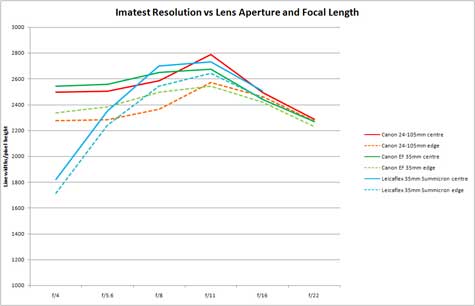These pictures simulate the effects of common lighting types that can be corrected with the white balance pre-sets in most digital cameras.


These pictures simulate the effects of common lighting types that can be corrected with the white balance pre-sets in most digital cameras.

When you’ve made a significant investment in camera bodies and lenses from a particular manufacturer over a long period of time, there’s little incentive to swap to a different brand. Most serious photographers have pondered the pros and cons of swapping when the manufacturer of a different brand from the one they use releases a particularly attractive camera body. In the main, however, inertia kicks in and they stick with their current brand – even at the cost of reduced shooting versatility.

If you’re planning a shooting trip to a new location and want to maximise the time for taking pictures, a little pre-trip research can help you to locate the best vantage points beforehand. Two of the best tools for doing this are topographic maps and Google Earth. In this feature we’ll provide some tips on how to use them.
Aperture priority – which is usually denoted by A or Av – is one of the most useful shooting modes on any camera, analogue or digital, because it’s the best tool for controlling depth of field. In this mode, the photographer sets the lens aperture, leaving the camera’s auto exposure (AE) system to set the shutter speed. By selecting an appropriate aperture setting you can change the appearance of a picture from having everything in it sharp, no matter how far it is from the lens, to having a narrow plane of sharpness that isolates your subject from background details.
From the Archive: Don’s Editorial, Photo Review Issue 2 Dec/Jan 2002.

By definition, a landscape photograph is one in which natural scenery dominates the image. People and/or animals may be included, although they make up a relatively small part of the image and have been included in the composition to show scale. The same applies to buildings and other man-made structures.
Simple tips to improve your holiday photos.

Taking digital photographs can make even experienced photographers let some aspects of their practice slip occasionally. Being able to shoot and review on the spot, and the enormous scope for post-capture tweaking of images can make digital photographers careless. Standards slip and before long you find the shots on those memory cards don’t meet your expectations. Or maybe, there aren’t any shots at all!

Summer weather brings people out onto the streets, parks, sports fields, beaches and other public places. Given the proliferation of digital cameras and camera phones, it’s inevitable that lots of pictures will be taken. But few photographers understand what they can and cannot photograph and how they are entitled to use their pictures. In this feature we will provide some easily-understood guidelines.
Ads can be a pain, but they are our only way to maintain the server. Please deactive Ads blocker to read the content. Your co-operation is highly appreciated and we hope our service can be worth it.